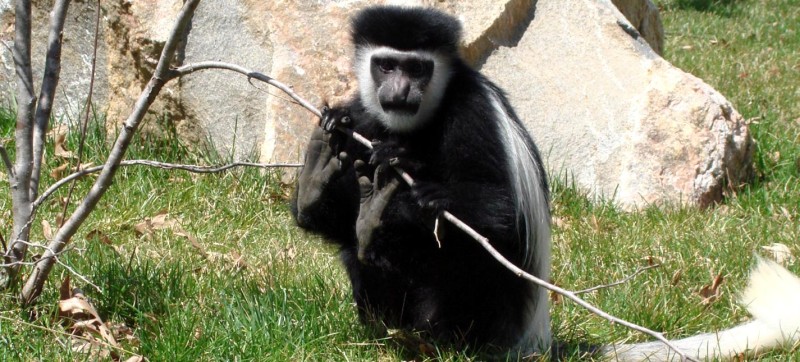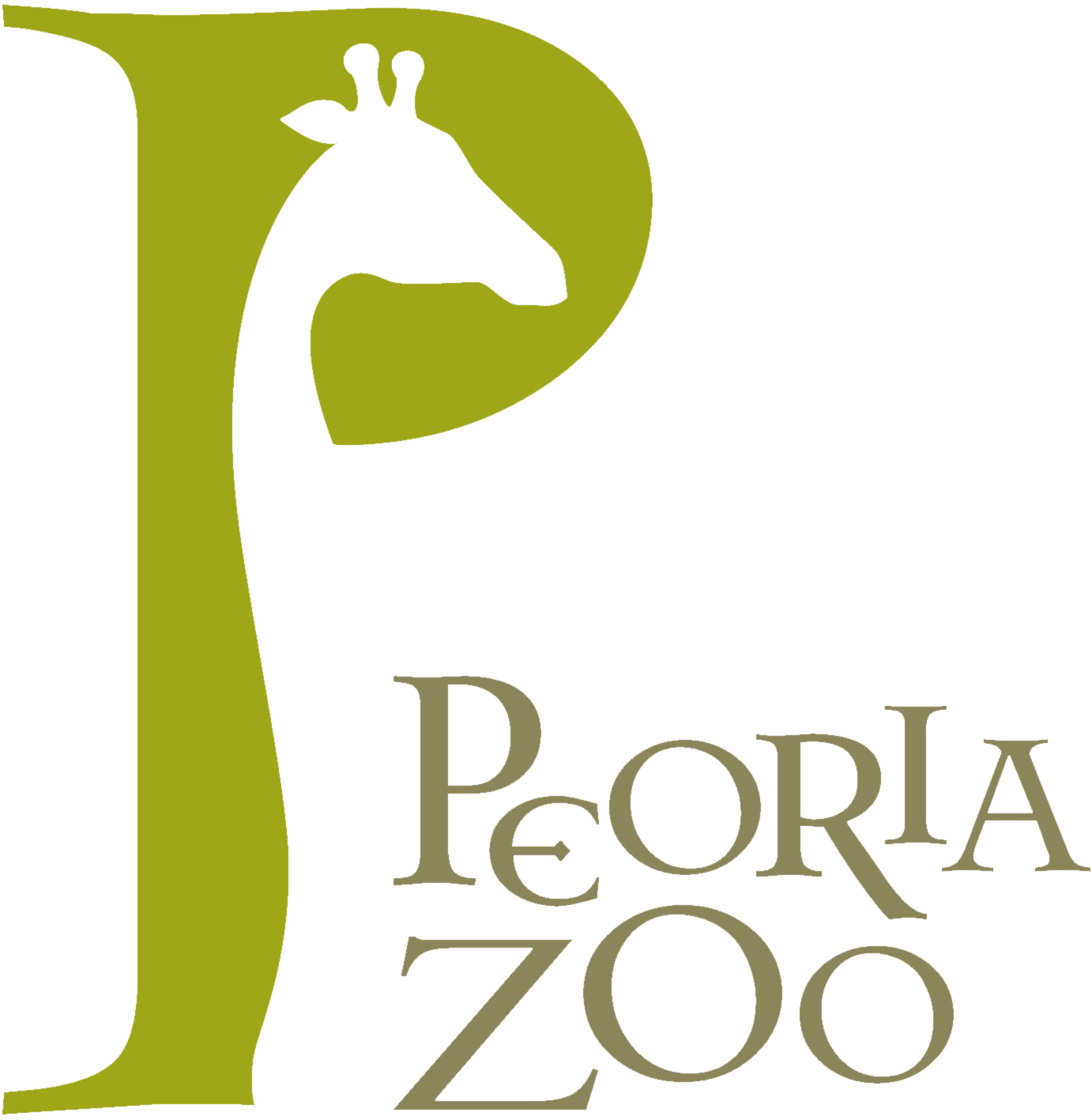Colobus Monkey - Colobus guereza



Habitat:
forests, preferably along riverbanks
Range:
Across equatorial Africa, from Mt. Kilimanjaro to Nigeria.
Activity Cycle:
Diurnal
Features:
Colobus monkeys have long, black coats with a white stripe that runs down the sides of their back to their tail. Young Colobus monkeys are born completely white. Females remain in the group they are born in and the males leave the group to try and claim one of their own.
Size:
They can weigh between 12-32 pounds and are around 18-27 inches tall. Their tail is 20-35 inches long.
Social Structure:
Live in groups of seven to 11 members, which separate themselves by claiming territory. Females remain in the group they are born in and the males leave the group to try and claim one of their own.
Life Expectancy:
They can weigh between 12-32 pounds and are around 18-27 inches tall. Their tail is 20-35 inches long.
Diet:
Herbivore – Leaves, buds, seeds, shoots, and occasionally fruit
Reproduction:
Mating occurs year round. Male colobus monkeys reach their sexual peak at 4-8 years of age and females at 4-6 years. The female normally produces one young ever 20 months. Care for the infant is divided equally between the male and female. Other females are allowed to care and sometimes even suckle their infants soon after birth. Gestation takes around 5-6 months.
Status:
Listed as "least concern" according to the IUCN and are in "Appendix II" of CITES. AZA also cooperatively manages this species as a Species Survival Plan.
Interesting Facts:
- The Colobus Monkey’s bushy tail often exceeds the length of their body.
- Colobus monkey’s rarely ever leave the trees and come down to the ground. They are the most arboreal of all African monkeys.
- The white fur on the monkey’s sides not only confuses predators, but it also slows the monkey’s descent as it jumps for tree branch to tree branch.
- The female colobus monkey with smack her tongue to attract the male and initiate mating.
- Colobus monkeys have no thumbs.
- They can leap down 15-20 feet, using their long shoulder hair like a parachute to slow their descent.
- Pouched stomach adapted to leaf digestion. There are 4 different regions. They always have a belly full of food in the process of being digested.
- The stomach of a colobus is huge, holding a volume equal to that of a ¼ of an adult’s weight.

AZA cooperatively manages this species as a Species Survival Plan® Program.
Video:
Prices
- Adult (13 and over)$12.50
- Child (2 - 12)$9.00
- Child (1 and Under)FREE
- Senior (65+)$11.50
- Active Military$11.50
We begin transferring animals to evening (off exhibit) holding at 4:30 each night.
Find Us
2320 N. Prospect Rd.
Peoria, IL 61603
Phone: 309-686-3365
Open Daily 10:00-5:00
Last admission at 4:30
